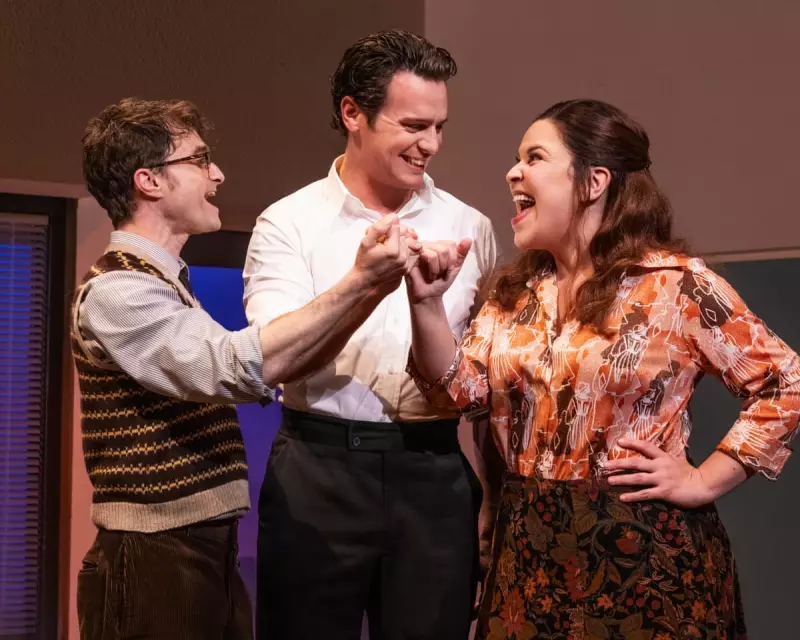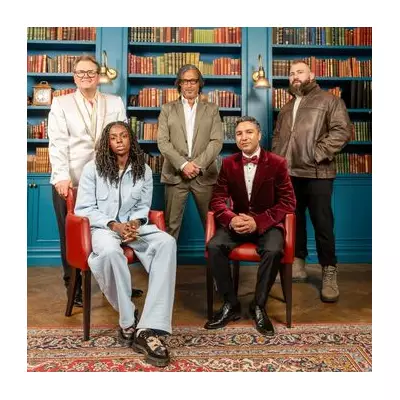
From Broadway Disaster to Tony-Winning Triumph
Stephen Sondheim's musical Merrily We Roll Along has completed one of the most remarkable turnarounds in theatrical history. What began as a catastrophic failure in 1981, closing after just two weeks in New York, has now become a celebrated success, winning four Tony awards during its acclaimed 2023-24 Broadway run.
The Evolution of a Theatrical Masterpiece
Based on the 1934 play by George S Kaufman and Moss Hart, the musical maintains its unique reverse chronological structure. The story follows composer and movie producer Franklin Shepard as he reflects on his life, tracing the dissolution of his creative partnership with dramatist Charley and their friendship with novelist Mary.
Following the initial failure, Sondheim and book writer George Furth implemented significant changes. The production now opens with a gaudy party scene celebrating Franklin's latest cinematic achievement rather than beginning with a student song. Casting approaches have also evolved dramatically from the original production's fresh-faced performers to the current standard of mature actors portraying characters across different life stages.
A Stellar Cast Brings New Life to Classic Characters
The Maria Friedman-directed production features outstanding performances from its principal cast. Jonathan Groff portrays Franklin Shepard not as a monstrous egomaniac but as a tragic figure who consistently chooses the path of least resistance. Lindsay Mendez perfectly captures Mary's unfulfilled romantic yearning, while Daniel Radcliffe delivers what many consider the production's standout performance as Charley, imbuing the character with both anxious neurosis and passionate belief in art's transformative power.
The emotional impact of Friedman's production is undeniable, with the reverse narrative structure allowing Sondheim's musical genius to shine through unconventional techniques. As he explained in his book Finishing the Hat, the musical subverts traditional formats by presenting song reprises before their original versions, creating powerful dramatic irony as familiar lyrics acquire new meaning in different contexts.
Why This Musical Finally Found Its Audience
The production's enduring appeal lies in its universal themes of compromise, adjustment, and loss that resonate across generations. Like Pinter's Betrayal, which also employs reverse chronology, it explores how idealism inevitably becomes tempered by life's experiences. The musical also features what might be considered Sondheim's subtle revenge on critics who accused him of writing unmemorable melodies - the show is packed with what have become classic tunes, including Old Friends, Good Thing Going and the title number that have remained earworms for decades.
The filmed performance of Friedman's production, closely based on her 2012 Menier Chocolate Factory staging, captures the magic that transformed a notorious flop into a beloved hit. As the production prepares for cinema release on 4 December, new audiences will discover why this once-maligned musical has finally received the celebration it deserves.





